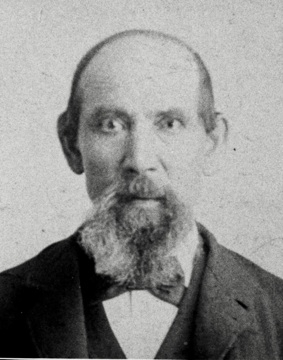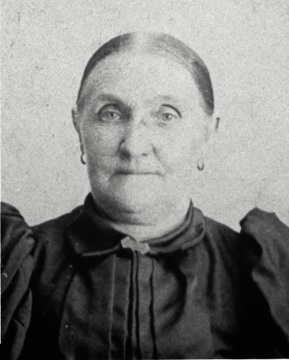William & Maria









William A. Rosnow
William Rosnow was born August 30, 1830, probably in Baerwalde, Prussia. He married Maria Hindenburg about 1859 and they had 5 children in Prussia. He moved his family to the United States sometime before 1870 where he settled in Oshkosh, Wisconsin. He got a job as a sawmill hand. Over ten years later his oldest daughter, Bertha, was a shingle maker. In the 1870s decade, Oshkosh was knows as Sawdust City. It had 24 sawmills, 15 shingle mills and 7 sash and door factories. The city still holds an annual “Sawdust Days” festival. The Rosnows’ occupations reflected this local employment opportunity. Charles and William, their two oldest sons, were also working as laborers for a good part of the year in the 1880 census, but their occupation was not given. The next daughter Mary, the last child born in Prussia, was at home with them and the three youngest children, John Paulina and Emma, were all born in the United States. The family probably moved to Clintonville, Wisconsin soon after that, as Bertha married Julius Ziebell there in 1883.

Maria Hindenburg Rosnow
Maria and William Rosnow were married in Prussia about 1859. She was from Baerwalde, Pommerania in Prussia. Her Death certificate and headstone say she was born August 18, 1836. Her parents were Johann Hindenburg and Hanne Friederike Blockhaus. She did beautiful handwork. There was a crazy-quilt pillowcase that survived with all different embroidery stitches edging each piece. It was amazing how many different stitch patterns she included on it. It also had a sun, a moon and a star embroidered into the corner. They were a Masonic family and a number of generations of their descendants were active in that group, so their influence was long and strong in the family. It’s interesting to note the inconsistency of the various Lutheran churches toward the Masons. Some must have accepted them while others didn’t. The husband of her granddaughter, Esther Krieser, was not allowed membership in one Lutheran church because of it. The 1900 census shows that she did not speak, read or write in English and that she had 8 children, 6 of whom were still living. Her son, Charles died in 1894 but the family did not know of a second death so it is assumed that one child died in Germany before they came to America.



